 El sitio conocido como "Five Points", central tanto para la novela de Baker como para la película de Martin Scorsese
El sitio conocido como "Five Points", central tanto para la novela de Baker como para la película de Martin ScorsesePágina del cuento "El proveedor de iniquidades Monk Eastman", del libro Historia universal de la infamia de Jorge Luis Borges

No sólo las palabras se las lleva el viento, sino también los hechos, a menos que alguien tenga el buen sentido de anotarlos, convertirlos en historia. Cuando leí —hace 31 años, en 1976— “El proveedor de iniquidades Monk Eastman”, el cuento de Borges que menciona con cierto detalle las pandillas de Nueva York, me pareció una ficción más del fabulador. He caminado por las calles de Manhattan y Brooklyn prácticamente desde que tengo memoria, y con aun más deleite en las visitas frecuentes que hago a la ciudad desde que vivo en México. Pero yo, como la gran mayoría de neoyorquinos —y a diferencia de Borges—, desconocía un hecho fundamental de la Gran Manzana: que en julio de 1863, del 13 al 17 de julio —para ser más específico—, se desató el peor episodio de violencia civil que Estados Unidos jamás haya sufrido. Está debidamente registrado en los libros de historia, ¿pero quién lee libros de historia…?
En 2002 apareció la novela Paradise Alley (“Callejón Paraíso”) de Kevin Baker. Gracias al internet pude escuchar al autor leer el primer capítulo. Me cautivó. Unas semanas después una amiga me trajo la novela desde Nueva York y devoré sus 676 páginas con verdadera gula. Lo que hace Baker es tramar una obra de ficción encima de los disturbios provocados por los irlandeses para interrumpir el reclutamiento de sus jóvenes en el ejército de la Unión que estaba enfrascado en la Guerra Civil contra la Confederación en el sur. Hay que entender que los inmigrantes irlandeses eran quienes más hombres aportaban al ejército del Norte, y de la guerra ellos culpaban a los esclavos negros. Así, amén de destruir la tómbola que se usaba para seleccionar a los reclutados, durante cinco días en julio de 1863, buena parte de Nueva York fue arrasada por una turbamulta de inmigrantes irlandeses que, entre otros actos de barbarie, linchaban a cuanto negro pudieran encontrar. La novela de Baker registra con lujo de detalle y exactitud histórica todo cuanto sucedió para que se dieran los hechos, desde la hambruna en Irlanda hasta la batalla final entre el ejército de la Unión, compuesto en su mayoría por irlandeses neoyorquinos, y quienes se levantaron en armas, palos, escobas y antorchas para incendiar la ciudad. Es, además —y por si lo anterior fuera poco—, una obra maestra literaria.
Poco después se estrenó la película Gangs of New York de Martin Scorsese. Curiosamente, gran parte de la acción de la película ocurre en el mismo lugar y durante los mismos días que la novela de Baker. La película tuvo poco éxito comercial a pesar de haber recibido 10 nominaciones al Óscar, pero a mí me pareció un largometraje fuera de serie, ambientado con absoluta minuciosidad histórica, meticulosamente diseñado, actuado y dirigido. El cuento de Borges y la película de Scorsese parecen obras de arte que existen en una fantasmagórica realidad paralela, pero la novela histórica de Baker nos recuerda que más extraña que la ficción es la realidad.
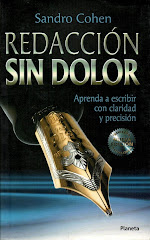


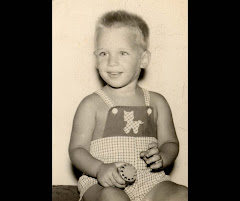

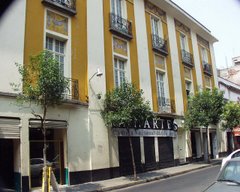


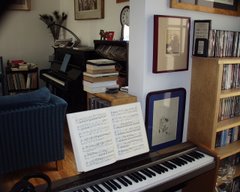

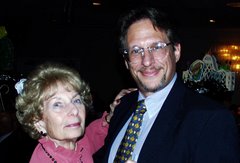



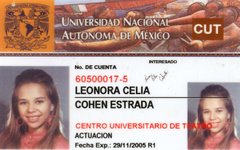
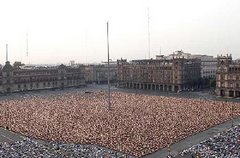

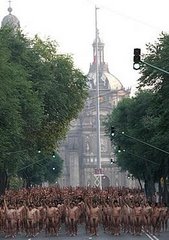
1 comentario:
""Monk Eastman" was born circa 1873 as Edward Osterman, the son of respectable Jewish restaurateurs who, when he came of age, tried to set him up with a his own pet shop near their place of business. Seemingly far more fond of animals than humans, he was reluctant to sell the pets but had no reluctance about beating up people for a price or for power.
His personal menagerie of pigeons and cats kept increasing. So did the number of notches he carved in the club he used to crack heads and so did the number of scars on his face and body from the numerous wars fought as leader of the Eastmans, a gang of thugs like himself. Their arch rivals were the Five Pointers with whom they battled over Lower East Side turf and rackets.
Eastman's nickname "Monk" was short for "Monkey." The moniker was given to him becasuse of his appearance -- nose, ears, and other features smashed, mangled and scarred from blows and cuts suffered and survived.
The Eastmans, Five Pointers and other gangs performed sundry services on election days and special ocassions for Tammany Hall boss Big Tim Sullivan. In turn, Tammany helped ease or eliminate conflicts that the gang leaders might encounter with official law enforcement.
But Tammany wanted the gangs to keep their rivalries to themselves and not spill over into the public streets, upsetting the respectable citizenry. The notorious gang Battle of Rivington St. in the summer of 1903 -- some 100 hoodlums battling five hours through two miles of streets leaving three known dead -- strained relations between Tammany and the top thugs.
The proximate causes leading to Eastman being sentenced in early 1904 to serve 10 years in Sing Sing have been various described: his attempting a robbery that went badly, his roughing up the son of a promineent New Yorker, his firing shots at Pinkertons. But the ultimate cause was Tammany had become tired of putting up with him and his penchant for reckless brutal violence shocking public sensibilities.
When paroled in June of 1909, Monk found that he was just another ex-con on the mean city streets, no longer a gang leader with political pull. From then until 1917 when he enlisted at age 44 in the NY National Guard under the name William Delaney to fight in WWI, Eastman functioned as a common pickpocket, robber, and dope peddler and had been in and out NY jails and prisons.
With the 27th Division's 106th Infantry, Monk fought as fearlessly against the Gernans in the fields of France as he had against the Five Pointers on the Lower East Side. Having wiped out several enemy machine-gunners and rescued wounded buddies under fire, Eastman emerged from the War to End All Wars in 1919 as a genuine hero whose comrades in arms successfully petitioned Gov. Al Smith to restore to him those citizenship prerogatives he had lost as a convicted felon.
Apparently his restoration to full citizenship did not turn him from his pre-WWI ways. He was drawn to bootlegging and that proved to be his undoing. He was shot and killed in front of the Blue Bird Cafe on Dec. 26, 1920 by Jerry Bohan, a corrupt Prohibition Enforcement Agent who was convicted of manslaughter in the case, sentenced to prison but released in 1923.
Monk's war buddies paid for and participated in his funeral with full military honors at Brooklyn's Cypress Hill Cemetery.
The character "Monk McGinn," played by Brendan Gleeson, in the movie The Gangs of New York was loosely based on Monk Eastman -- very loosely, since the film story is set in the Civil War era whereas Eastman's rise and fall took place during the last decade of the 19th Century and first decades of the 20th Century. "
de: Ron Arons' lecture The Jews of Sing Sing
Publicar un comentario